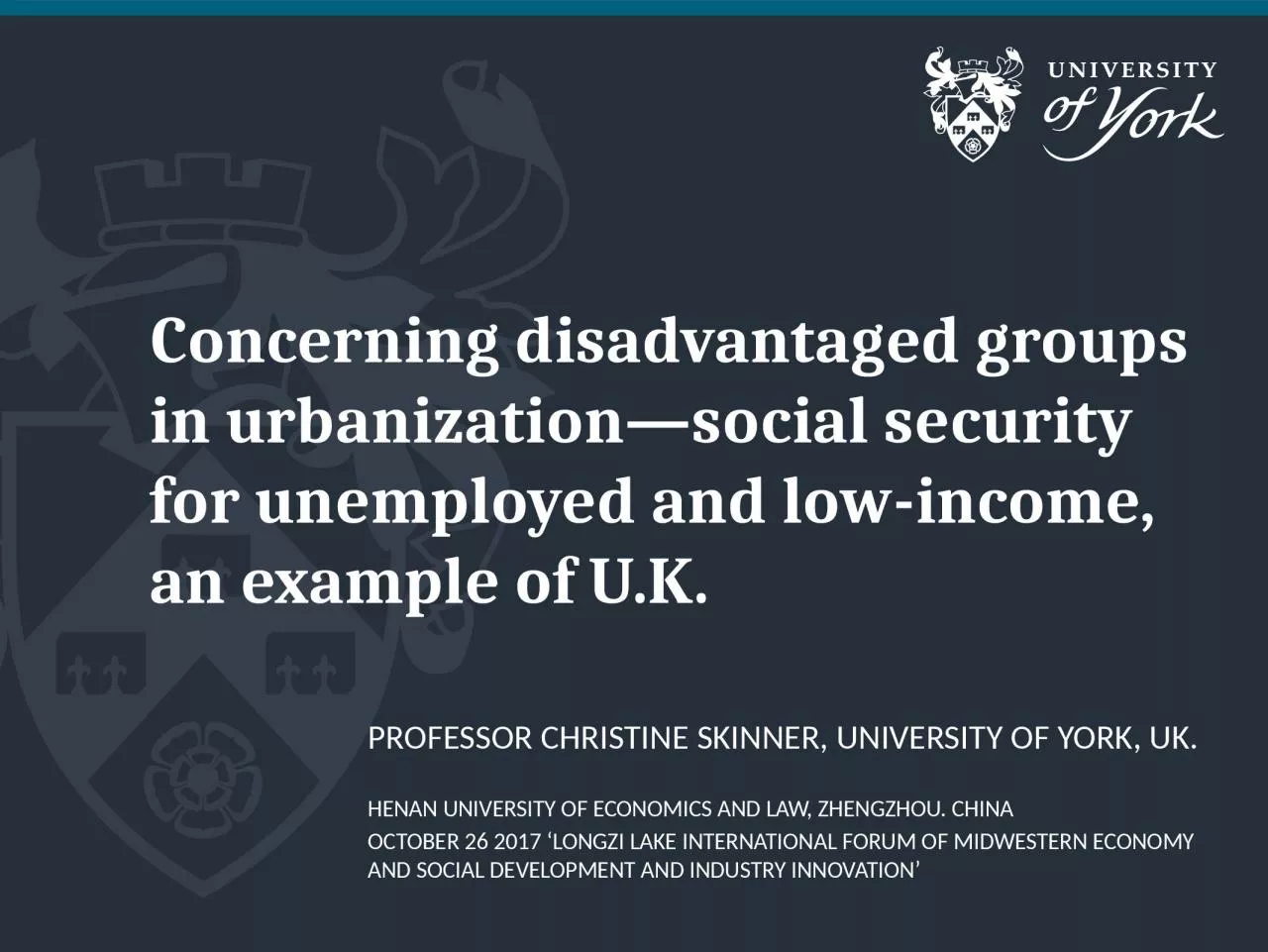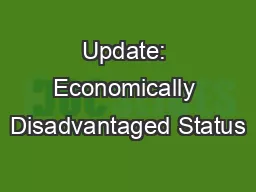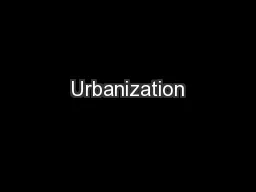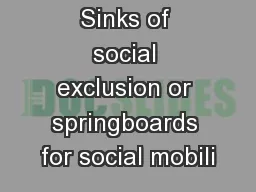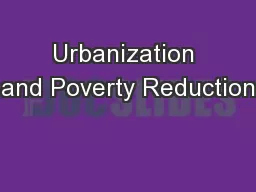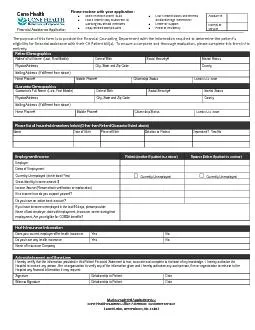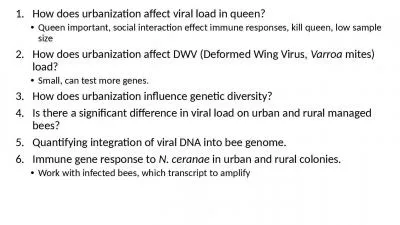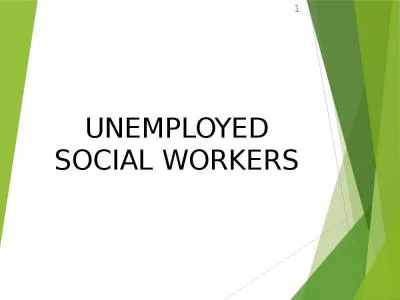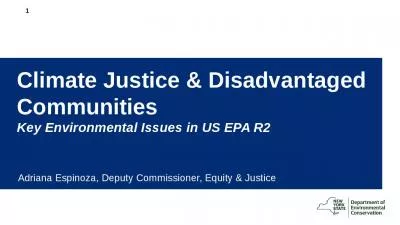PPT-Concerning disadvantaged groups in urbanization—social security for unemployed and low-income,
Author : eloise | Published Date : 2023-11-03
Professor Christine Skinner University of York UK Henan university of economics and law zhengzhou china October 26 2017 Longzi Lake International Forum of
Presentation Embed Code
Download Presentation
Download Presentation The PPT/PDF document "Concerning disadvantaged groups in urban..." is the property of its rightful owner. Permission is granted to download and print the materials on this website for personal, non-commercial use only, and to display it on your personal computer provided you do not modify the materials and that you retain all copyright notices contained in the materials. By downloading content from our website, you accept the terms of this agreement.
Concerning disadvantaged groups in urbanization—social security for unemployed and low-income,: Transcript
Download Rules Of Document
"Concerning disadvantaged groups in urbanization—social security for unemployed and low-income,"The content belongs to its owner. You may download and print it for personal use, without modification, and keep all copyright notices. By downloading, you agree to these terms.
Related Documents

